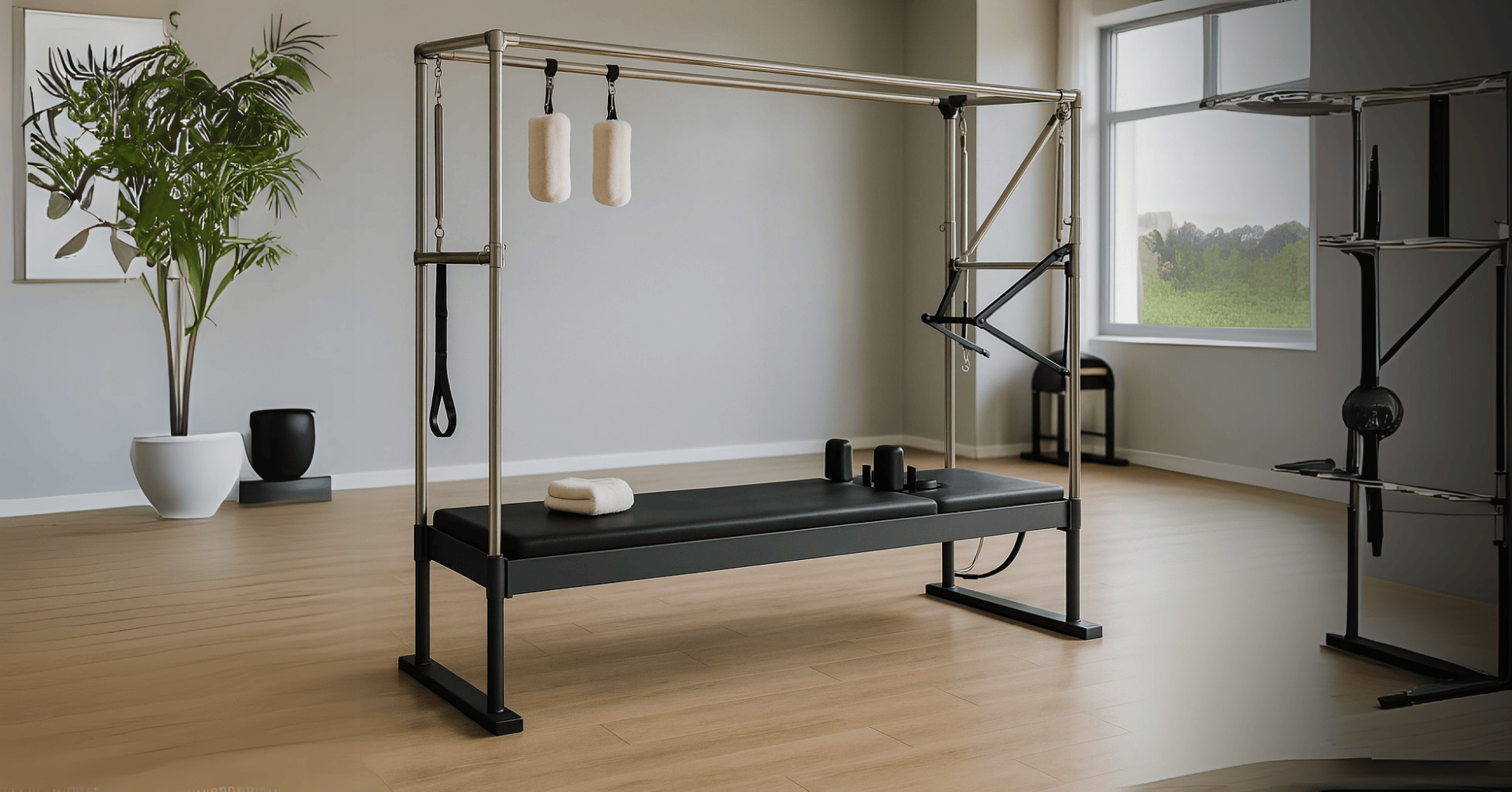
Pilates Studio Interior Design Ideas
Creating a Pilates space that feels calm, clean and luxe isn't just about looks — it’s about function. Whether you're setting up a home sanctuary or a commercial studio, the right design choices will elevate your space and improve every Reformer session.
Let’s break down design ideas that actually make sense — from layout to lighting — all built around one core hero: the Reformer Machine.
1. Choose a Statement Reformer Machine
Your Reformer is the centrepiece. Go with a model that delivers on both function and aesthetic. Think sleek lines, neutral tones, and commercial-grade quality.
FitBoutique’s Ivory Fold Reformer? Clean and elegant.
Onyx Reformer? Bold and professional.
Choose a design that reflects your vibe — minimalist, modern, or earthy — then build your studio around it.
Tip: Foldable reformers like the Onyx Fold Reformer give you flexibility if you're working with a tighter space.
2. Play with a Neutral Colour Palette
Stick to tones that soothe — think whites, greys, soft woods and matte blacks. This creates a backdrop that lets your Reformer Machine shine and gives the whole space a high-end feel.
Avoid too many loud colours. You want calm energy. Clients should walk in and instantly feel focused and grounded.
3. Maximise Natural Light (and Mirrors)
Natural light boosts mood and energy — essential for low-impact workouts like Pilates. If you’ve got windows, make them a feature. Use sheer curtains if needed but let the light in.
Add mirrors opposite the light source. It opens up the room and gives clients a chance to check their form on the Reformer Machine.
4. Use Smart Storage Solutions
Pilates accessories like power bands, ankle weights, or balance balls can clutter your space if not stored right. Use built-in wall racks, hidden drawers under benches, or chic woven baskets.
Design-wise, less is more. A clean space puts focus back on movement.
5. Flooring That Feels Good
You’ll want flooring that’s soft enough for floor-based work, but sturdy enough to support your Reformer Machine without sliding or denting.
Go for luxury vinyl planks or engineered timber. They’re easy to clean and look polished. Add a large neutral-toned mat under the Reformer for comfort and grip.
6. Add Personal Touches
Candles, a small speaker for music, and soft greenery can go a long way. Think one or two potted plants (hello, low-maintenance snake plant) and maybe a eucalyptus diffuser.
Don’t overdo it — the Reformer Machine is still the main character.
7. Keep the Layout Flowing
Place your Reformer Machine so there's space around it — front, back, and sides. People need room to move, stretch and adjust springs safely.
For multi-reformer setups in a studio, aim for at least 1.5m between each machine to avoid crowding.
8. Match Equipment Aesthetics
If your studio includes more than just a Reformer — say a hip thrust machine or wall tower — make sure it all looks cohesive. FitBoutique’s equipment is designed to complement, not clash.
Stick to the same metal tones, strap colours or base woods where possible.
Final Thoughts
You don’t need a massive budget or interior designer to create a functional and beautiful Pilates space. Start with a top-tier Reformer Machine, build around it with calming tones, smart storage, and intentional layout — and the rest will follow.
Whether you're a home user or studio owner, the right space inspires consistency, comfort and confidence.
Got questions about choosing the right Reformer Machine for your studio layout?
Reach out to our team at FitBoutique Contact Page — we’re happy to help.
Reformer Pilates Range
Frequently Asked Questions
How much space do I need for a reformer bed?
Space Requirements for Your Reformer
A FitBoutique reformer requires approximately 245cm x 68cm (2.45m x 0.65m) of floor space. Here's what this means for your space planning:
For Home Users
Length: 245cm (8.04 feet)
Width: 68cm (2.13 feet)
Recommended clearance: Add at least 30cm on each side and end for comfortable access
Total recommended space: 305cm x 125cm (3.05m x 1.25m)
For the Onyx Fold model specifically:
Same footprint when in use (245cm x 65cm)
When folded: Takes up significantly less floor space in vertical storage
Ceiling height consideration: Ensure adequate height for vertical storage
What's the difference between commercial and home reformers?
While both offer similar exercise capabilities, commercial reformers typically feature heavier-duty construction, enhanced weight capacity, and more extensive warranty coverage. However, premium home models like the Onyx series bridge this gap with commercial-grade components.
How often should I maintain my reformer?
Regular maintenance includes weekly cleaning, monthly hardware checks, and quarterly deep cleaning of tracks and wheels. Premium reformers come with detailed maintenance guides to ensure optimal performance and longevity.













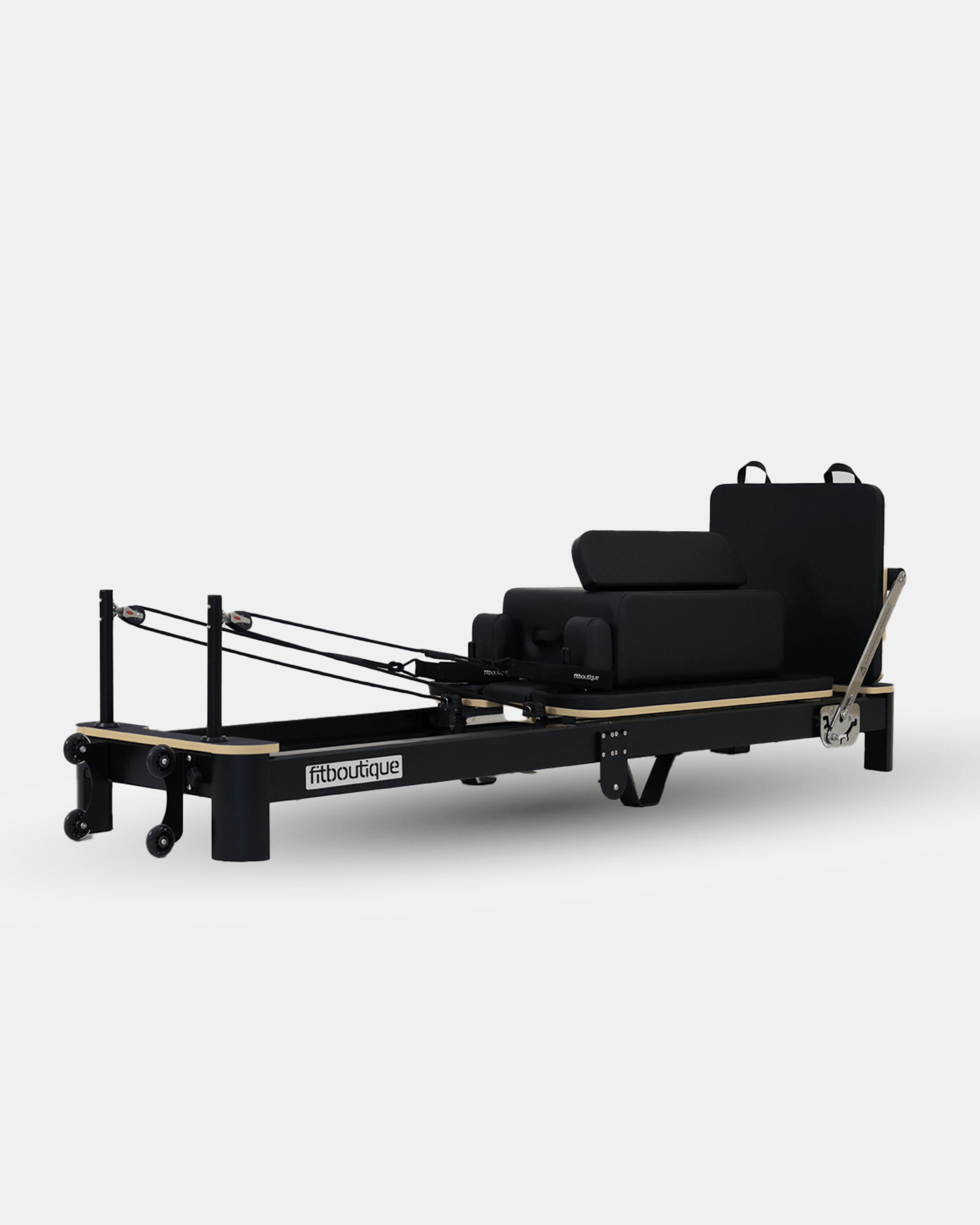
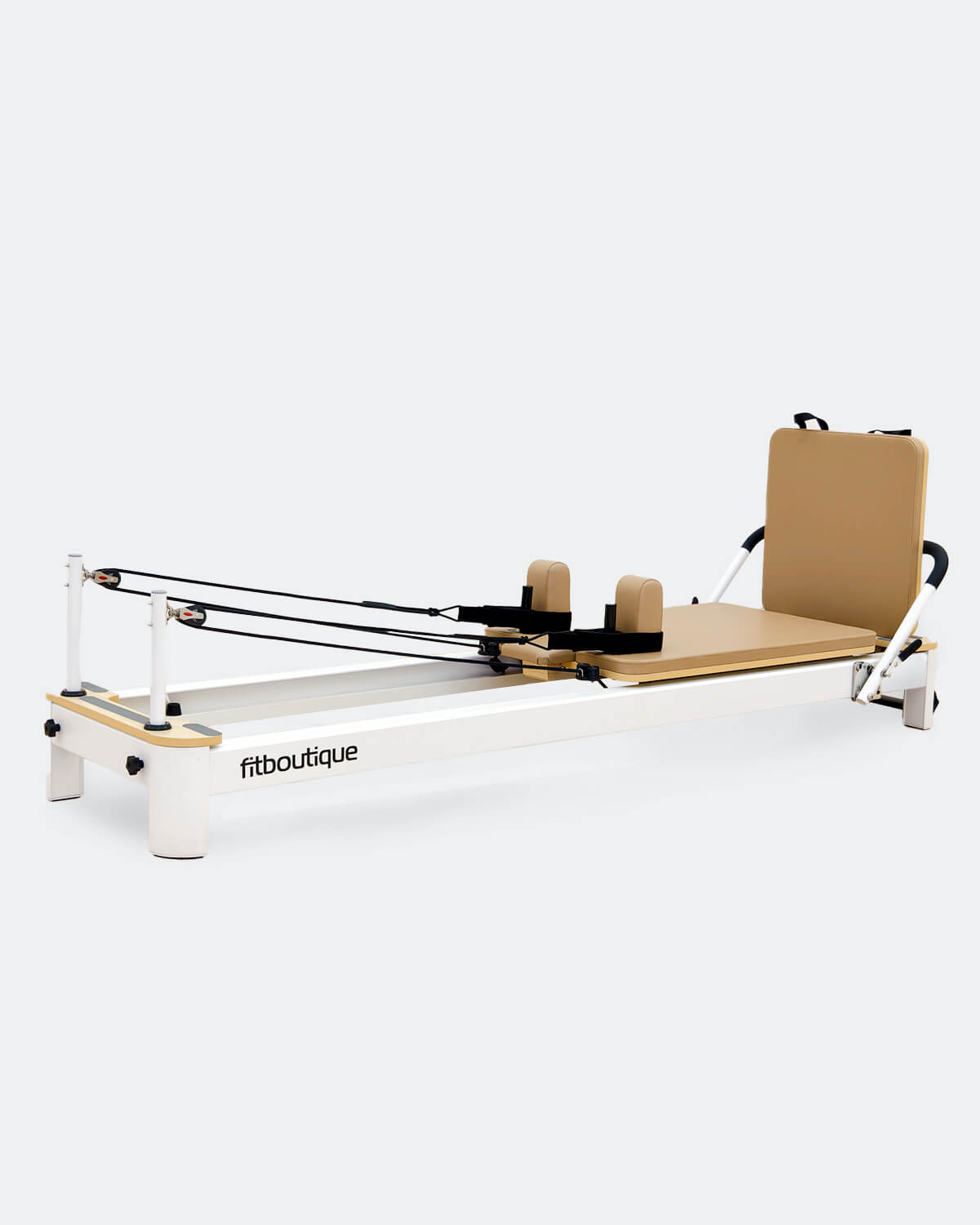
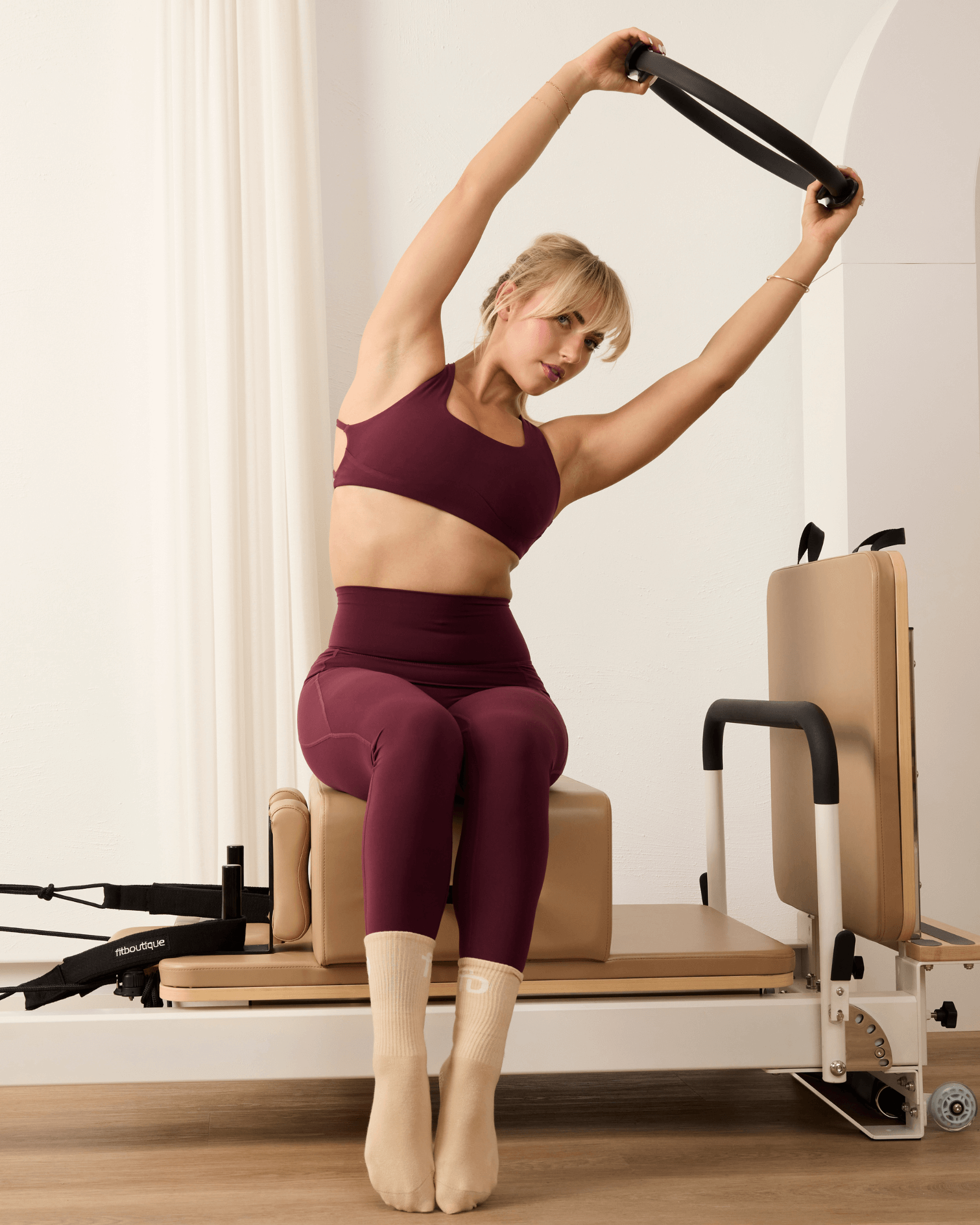
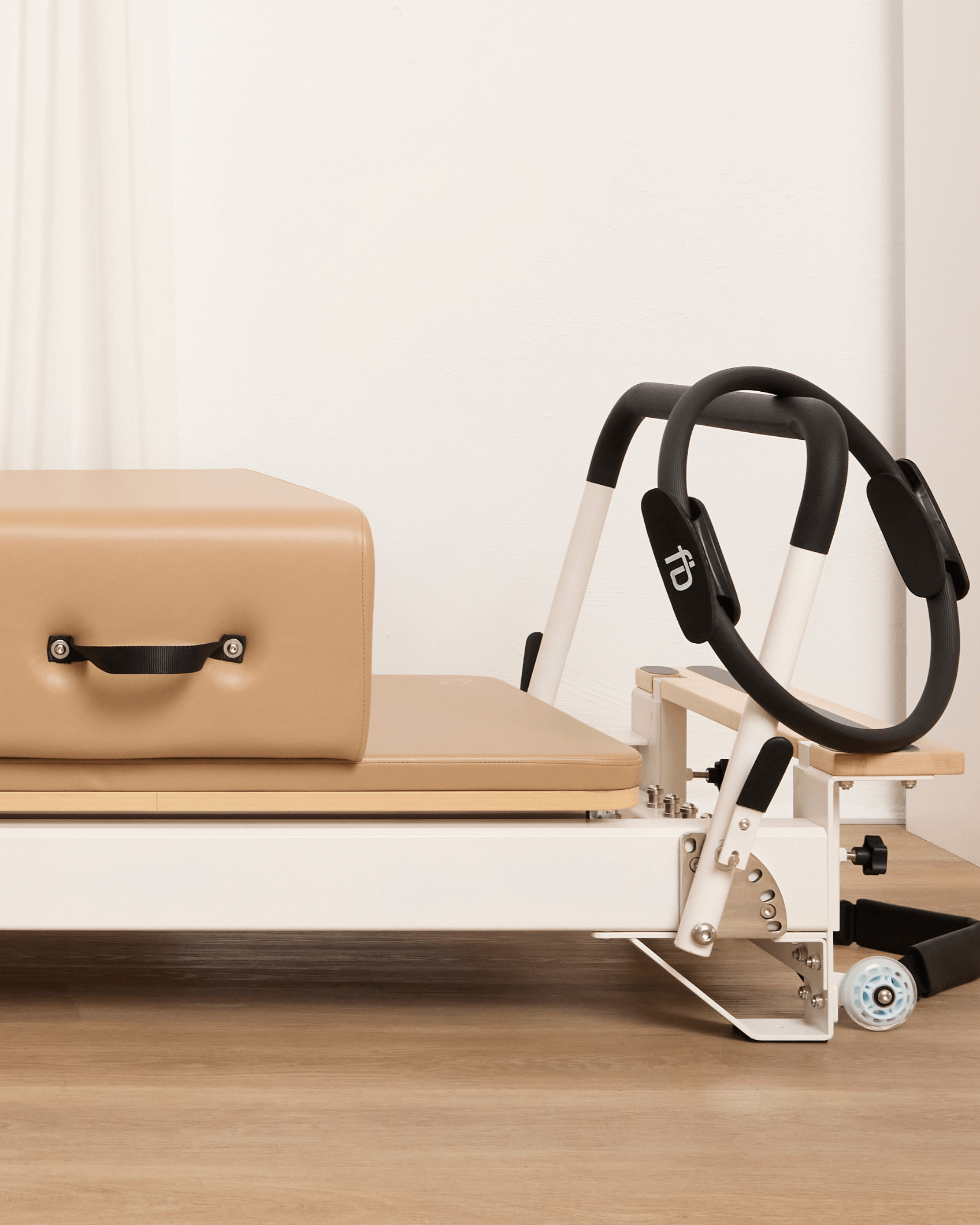
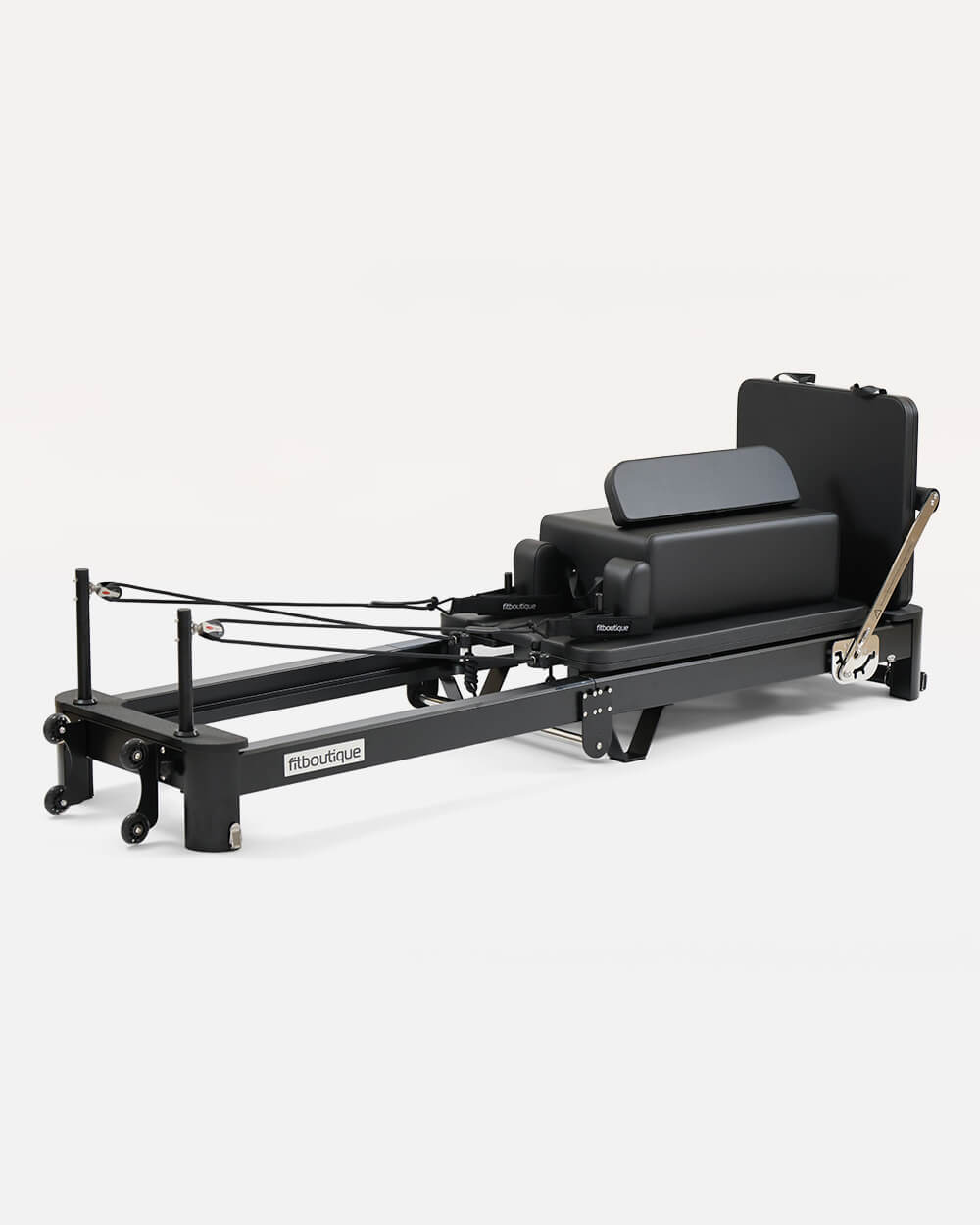


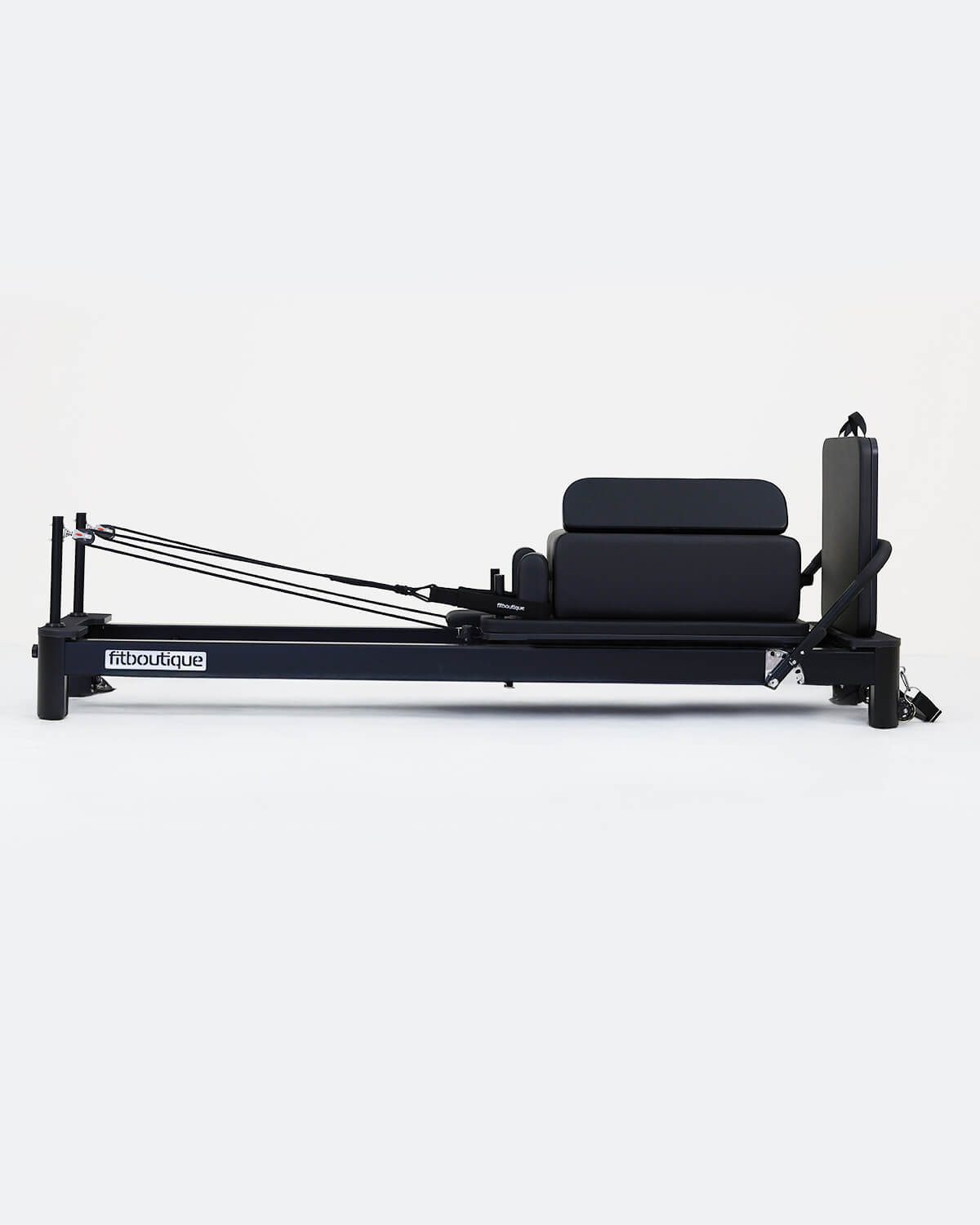
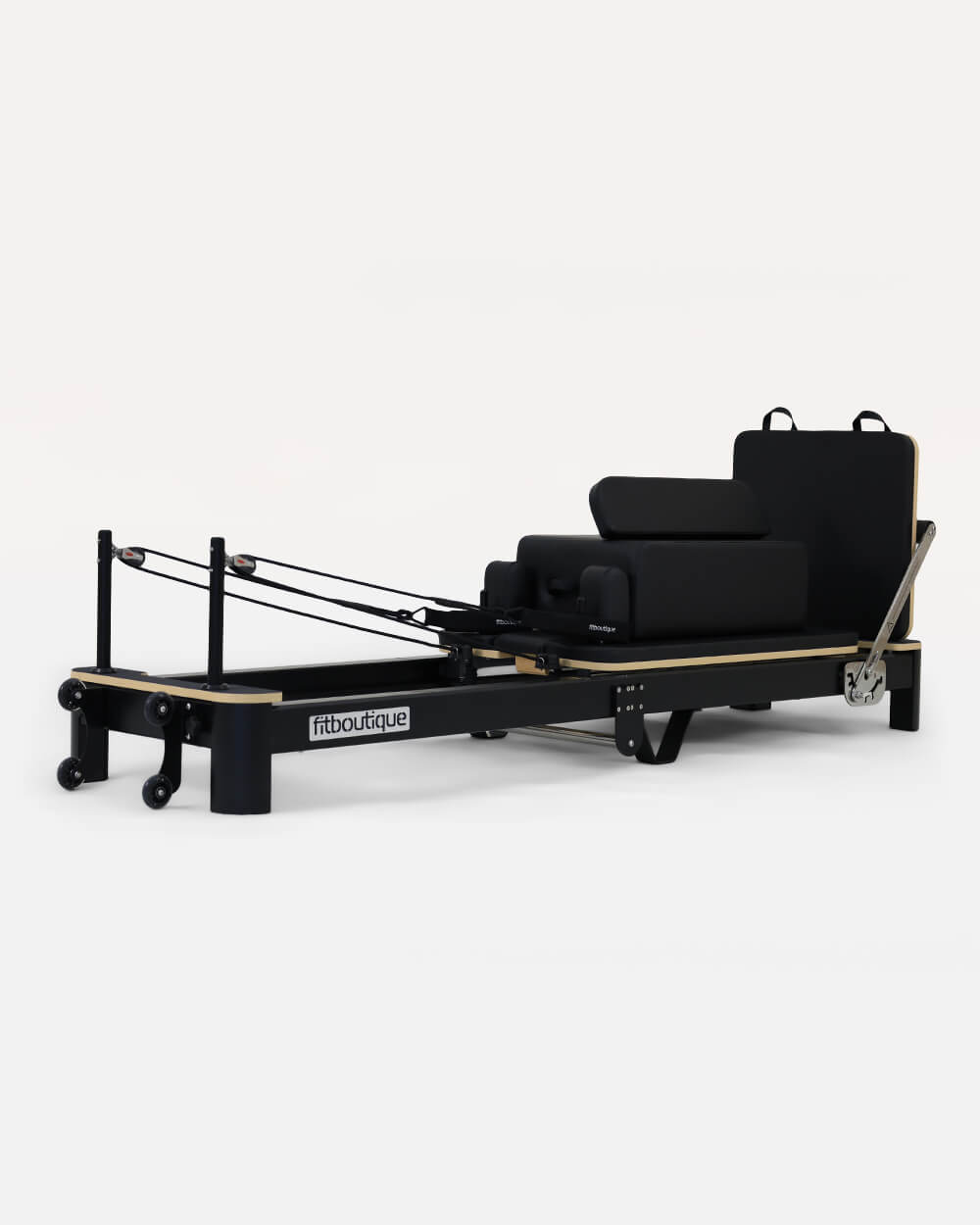
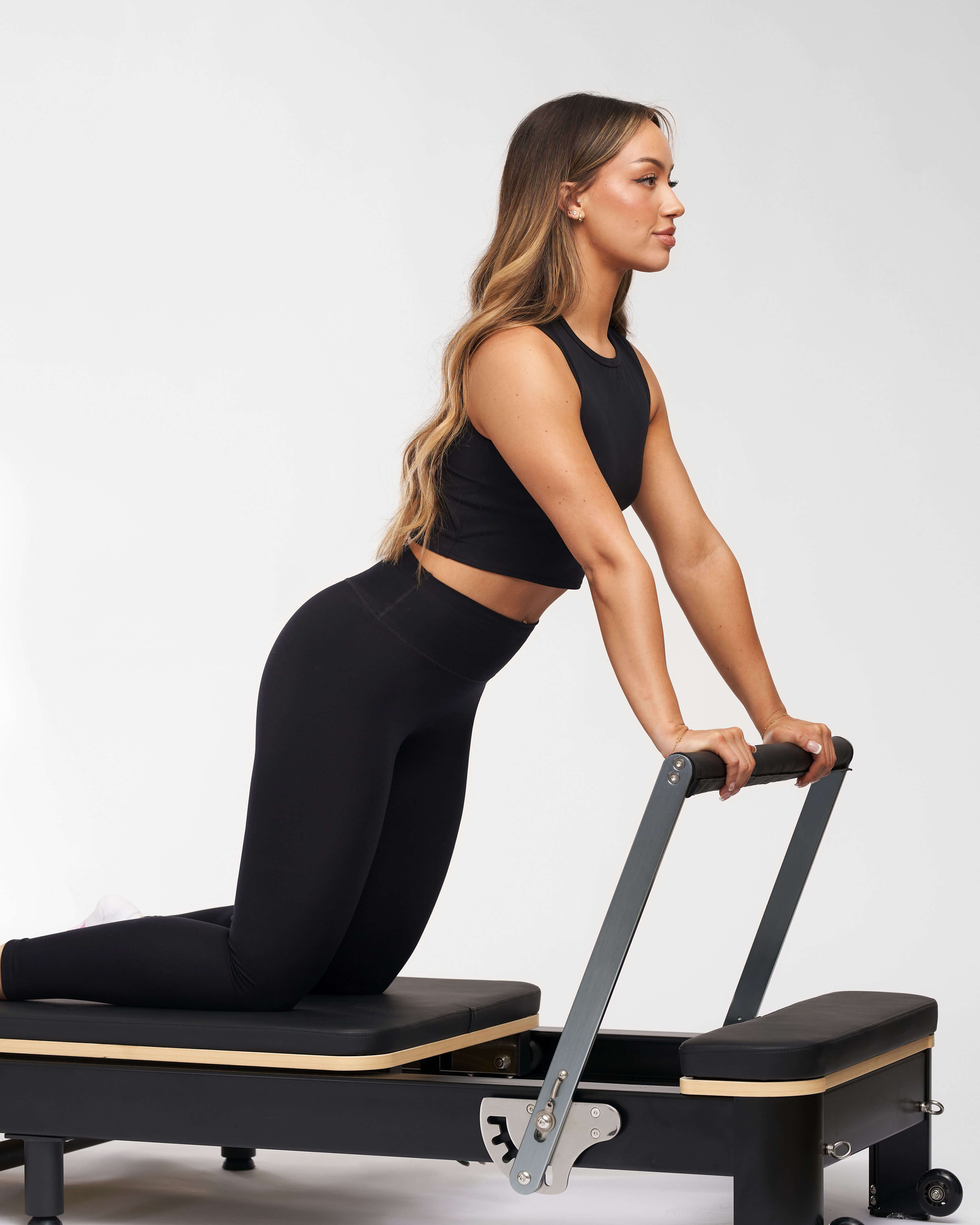
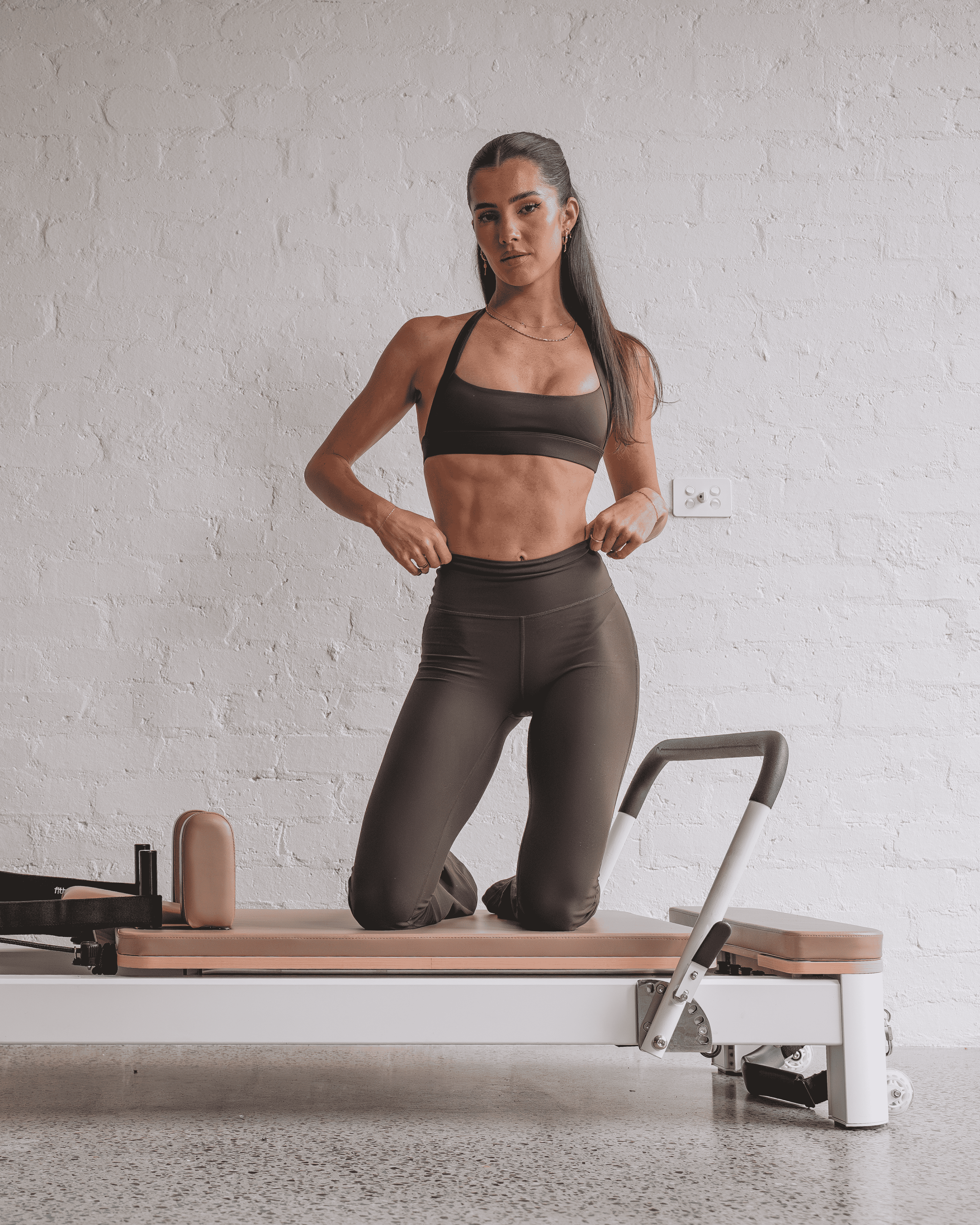
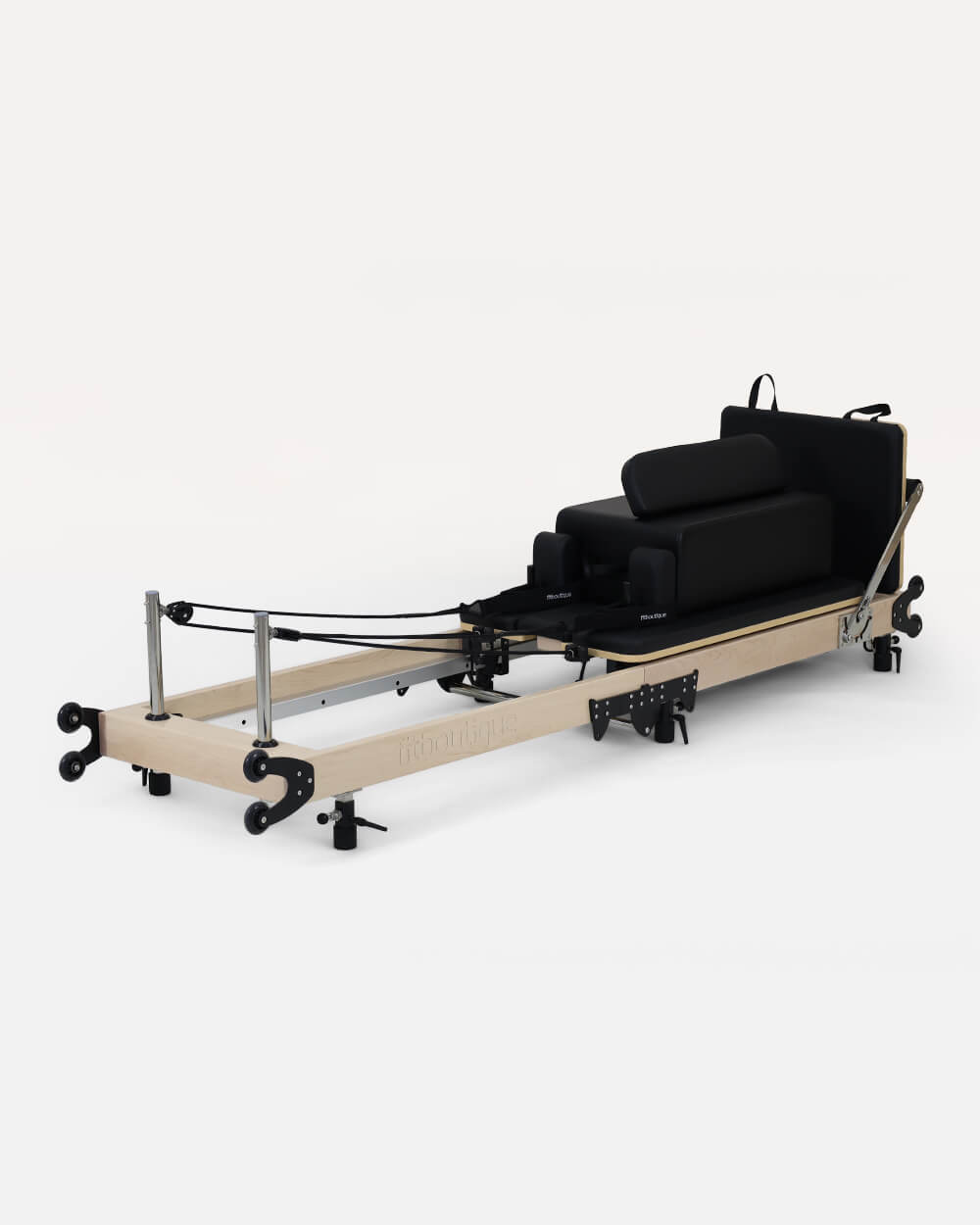
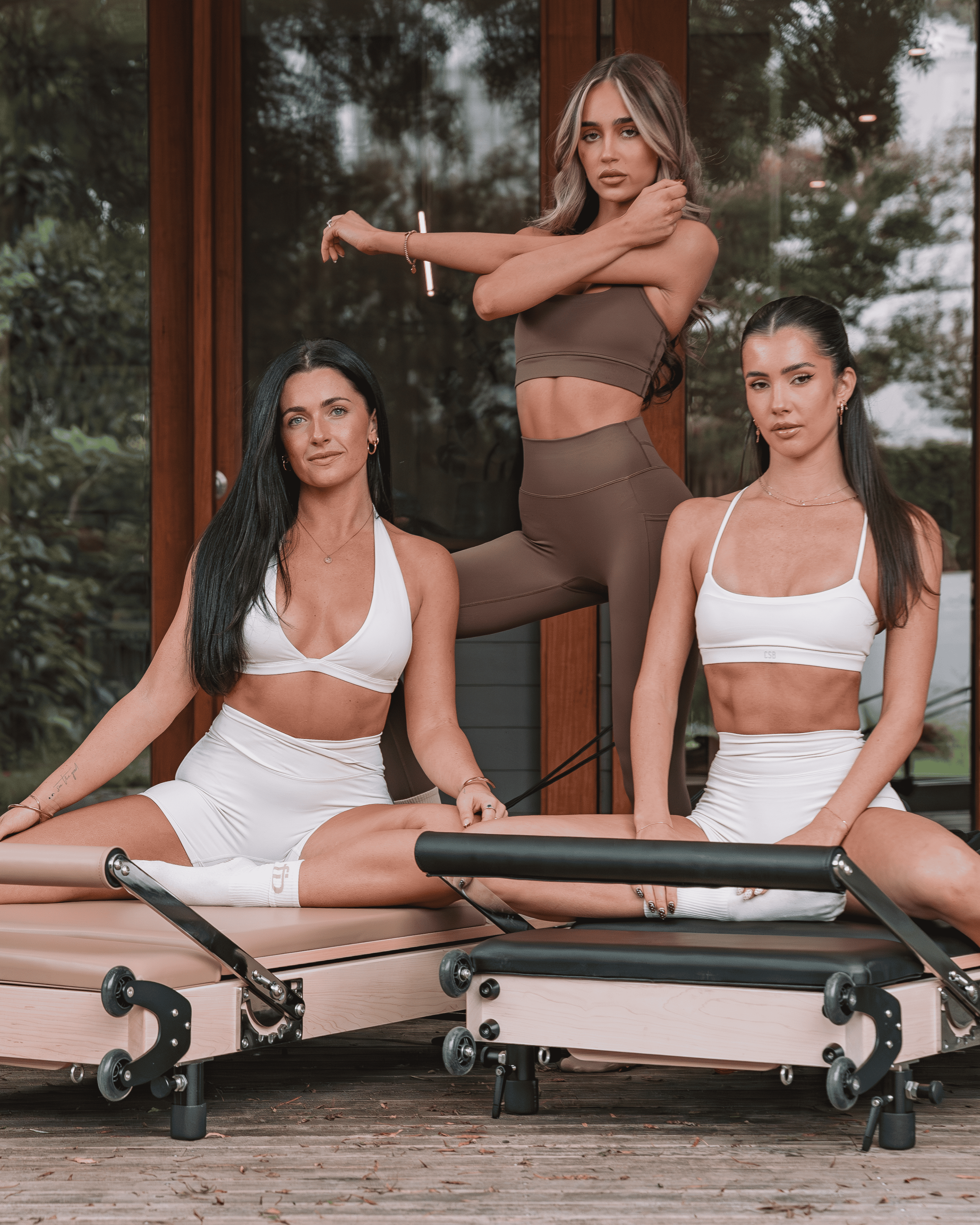
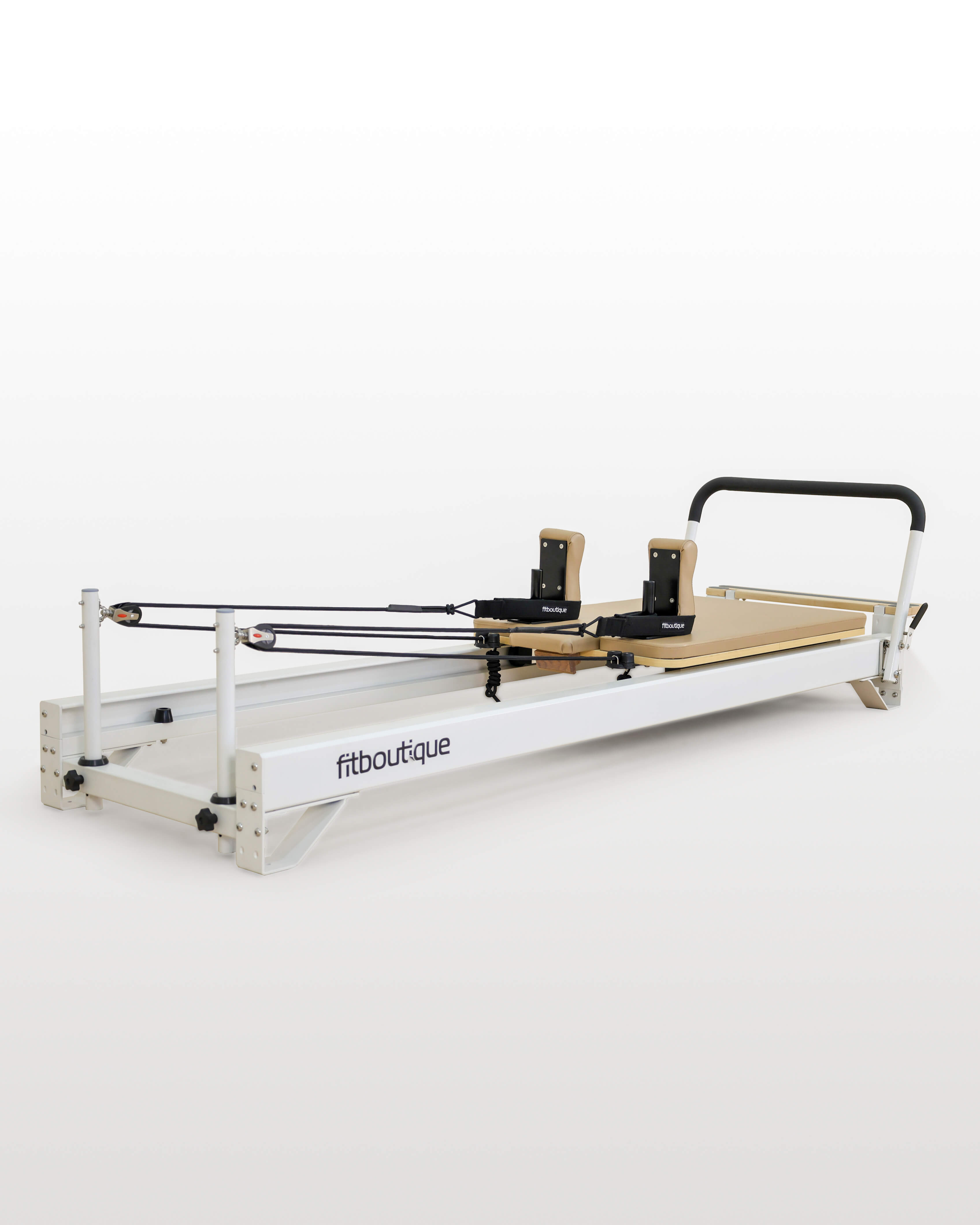
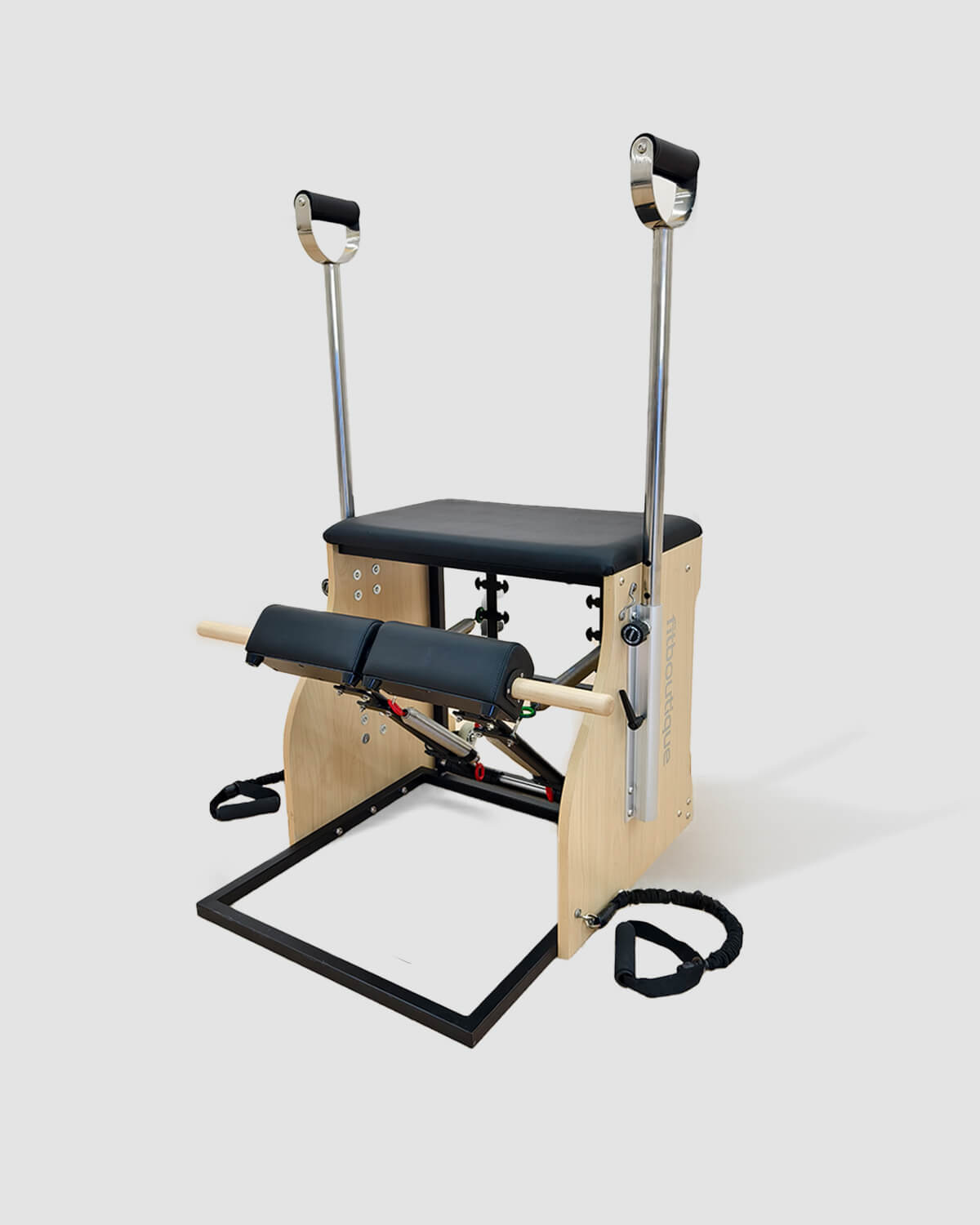
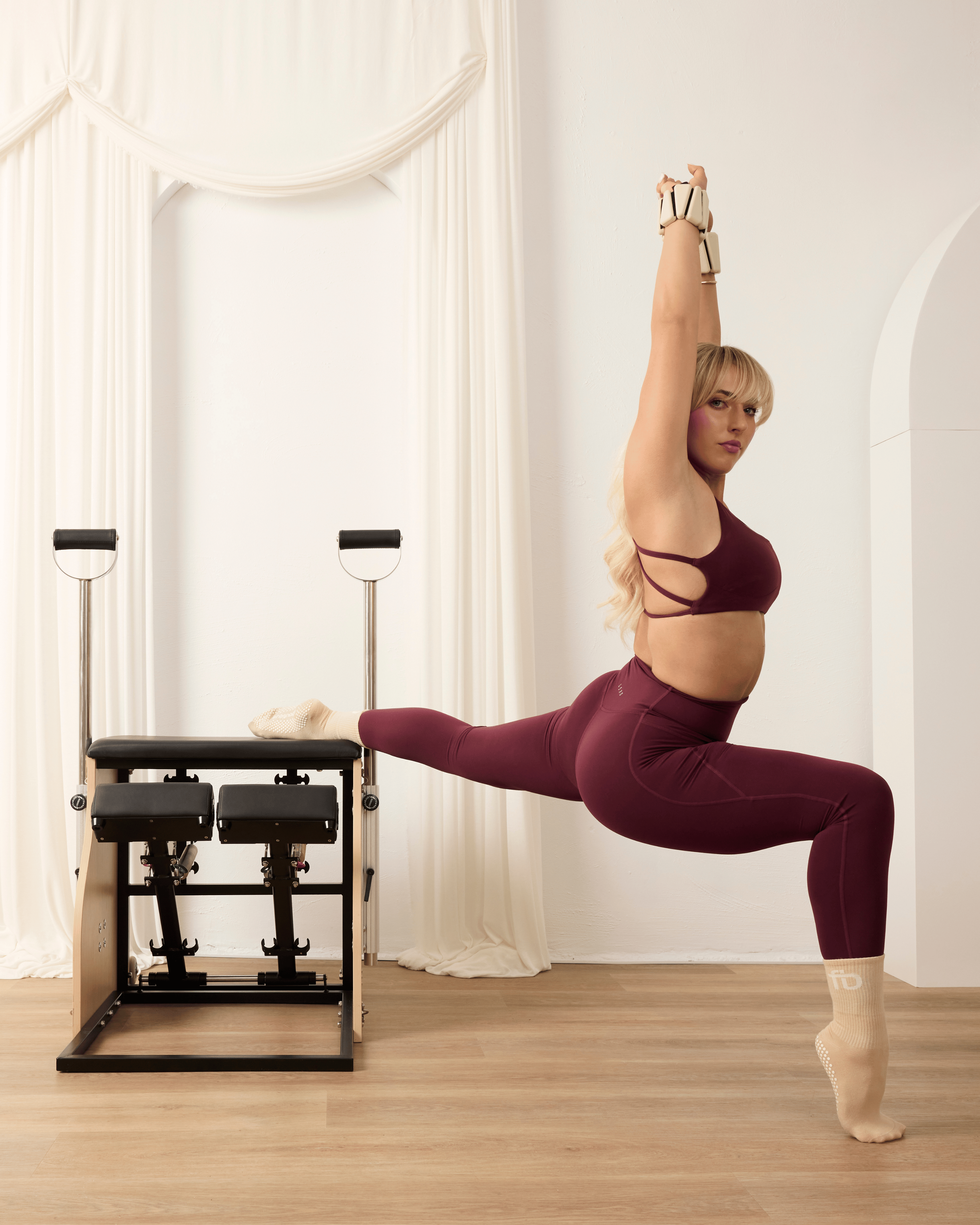
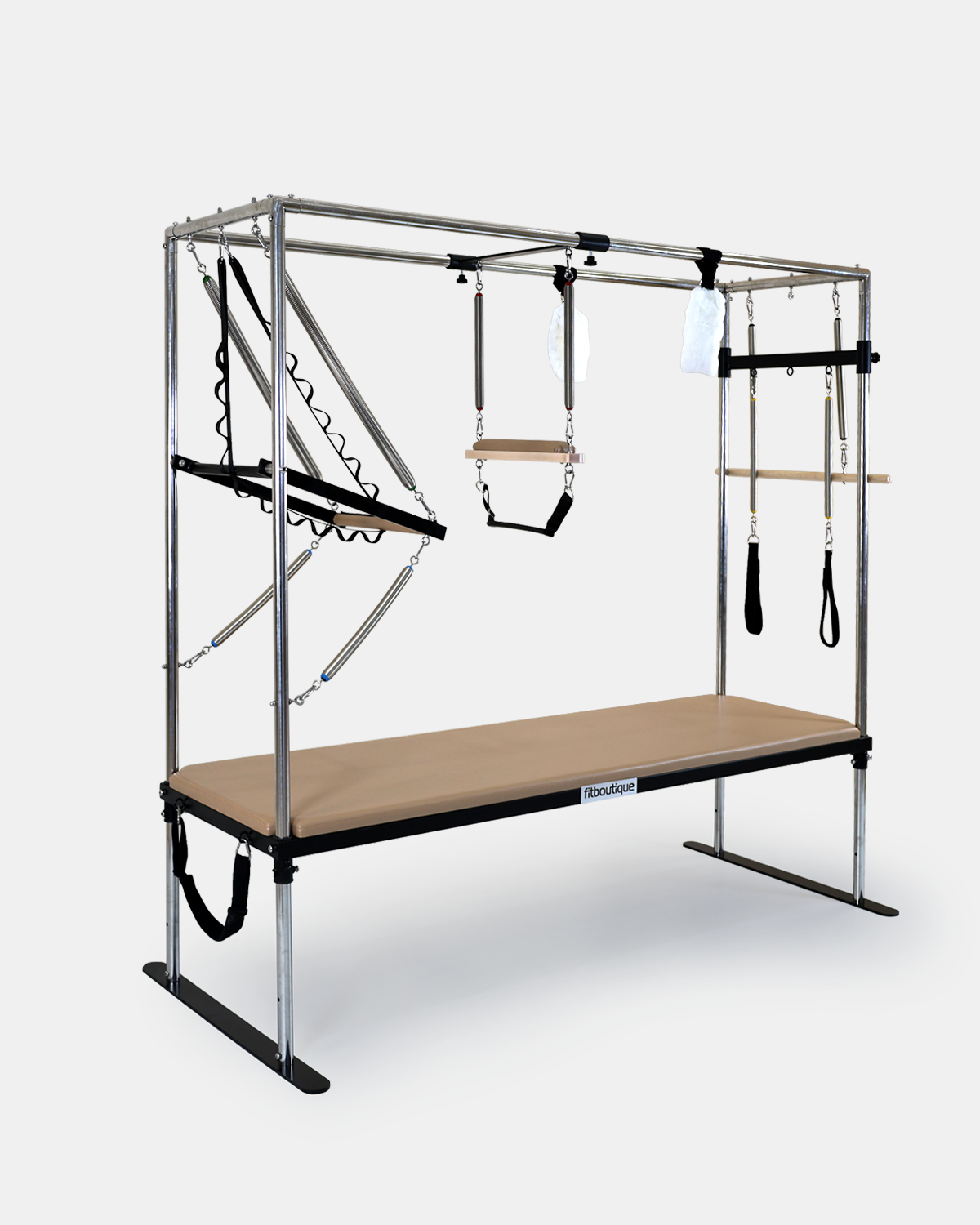
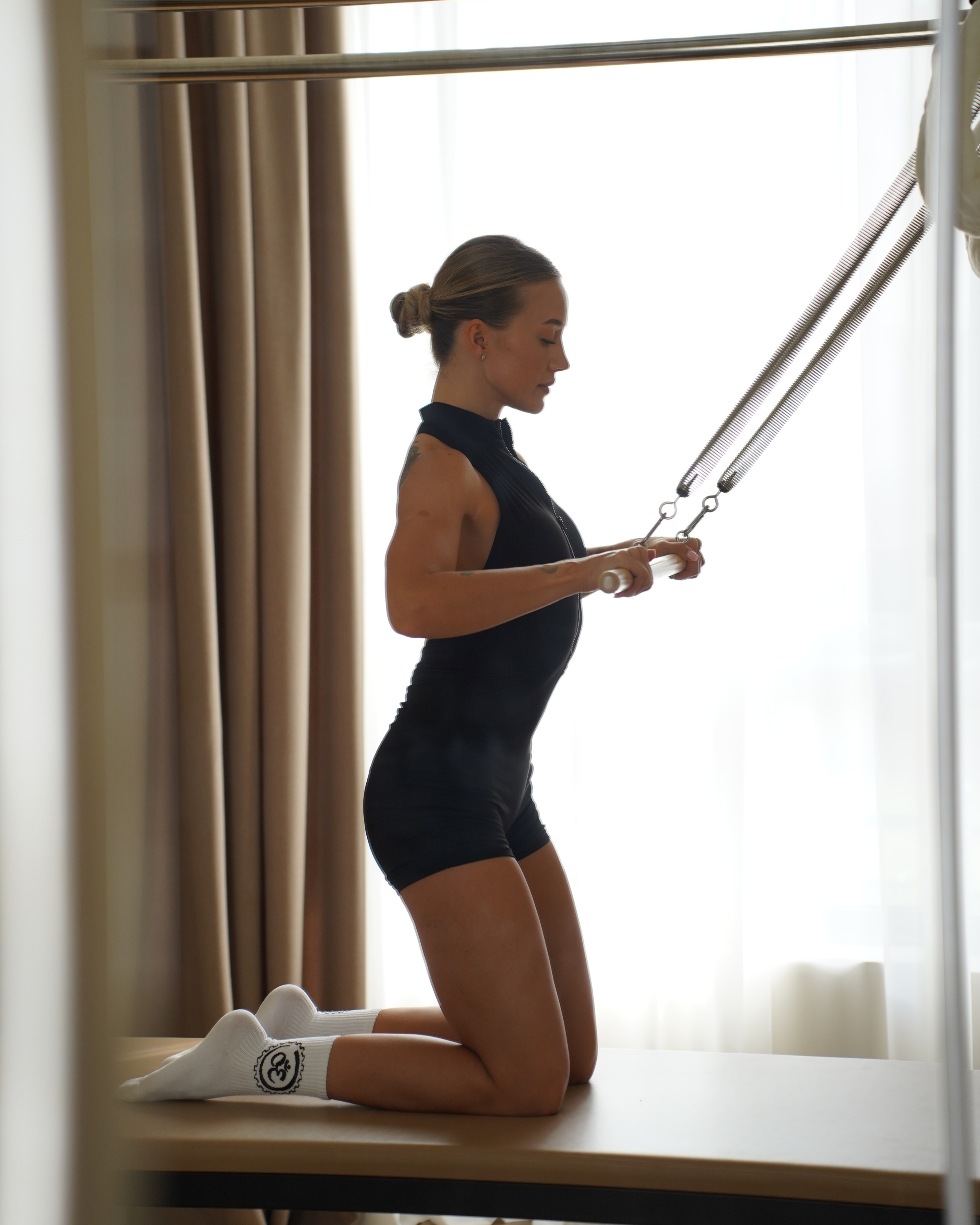
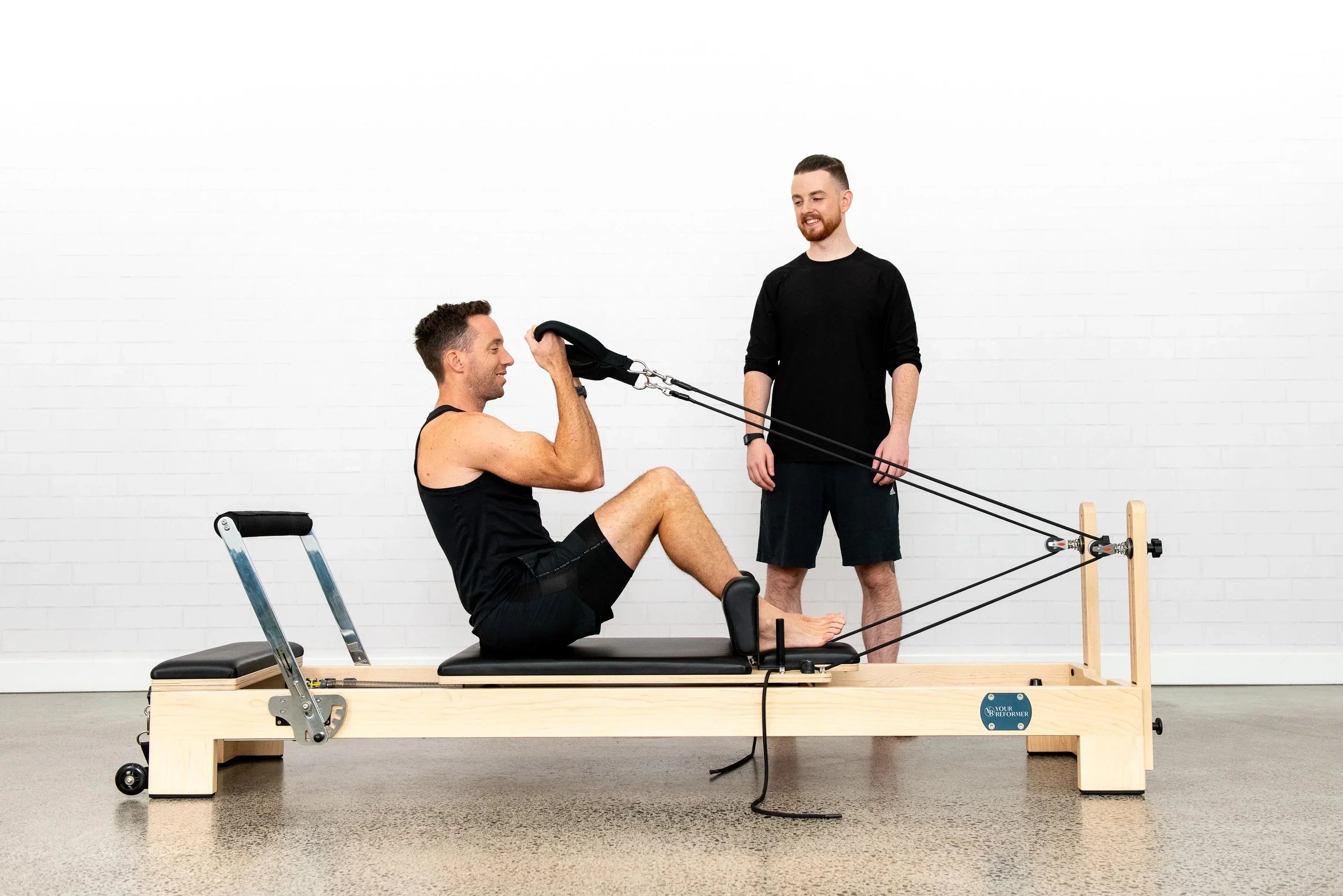

Leave a comment